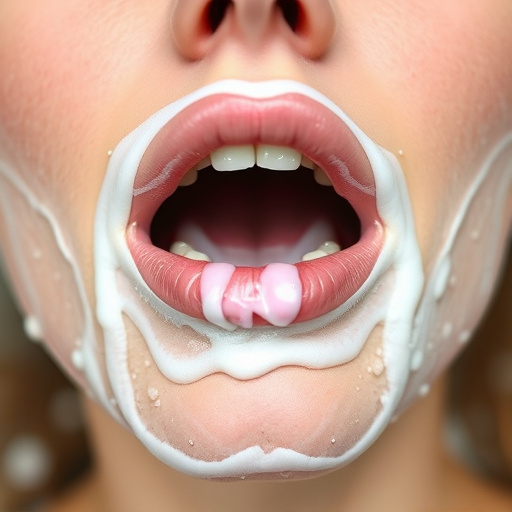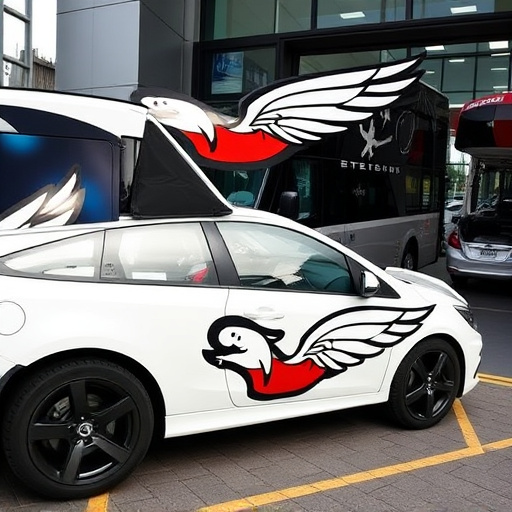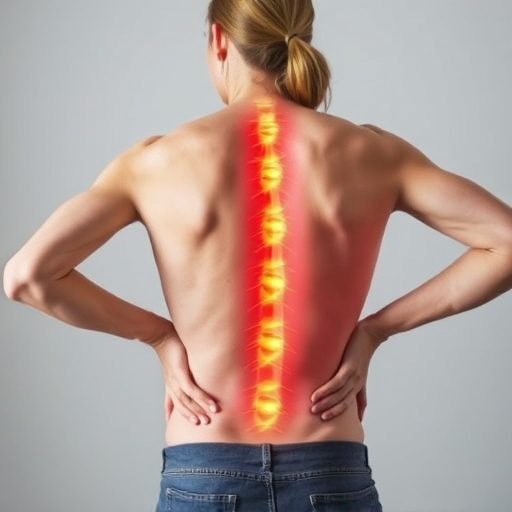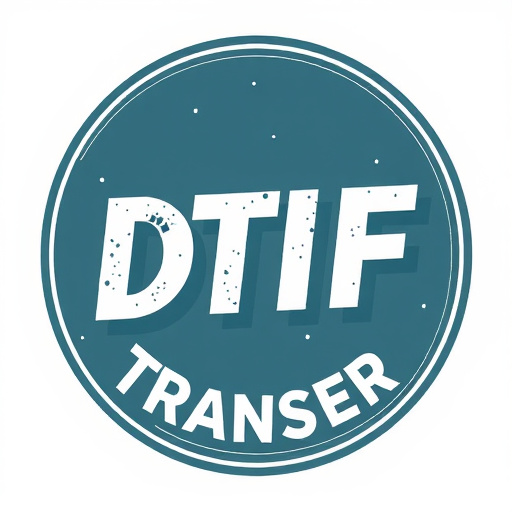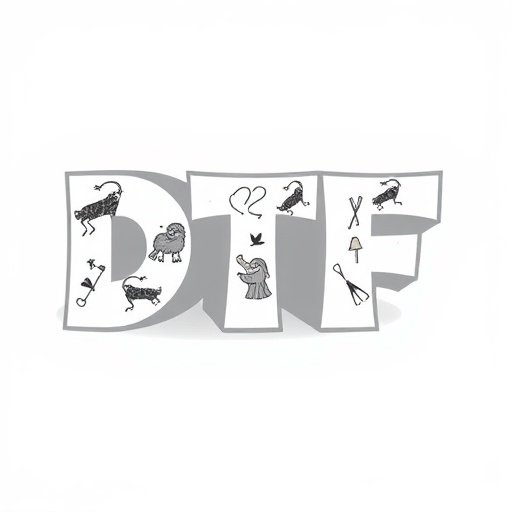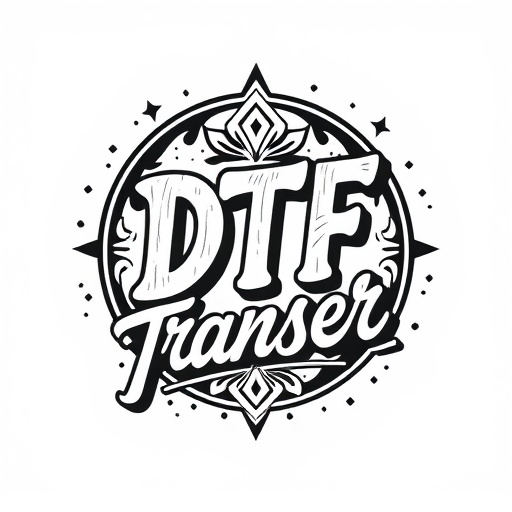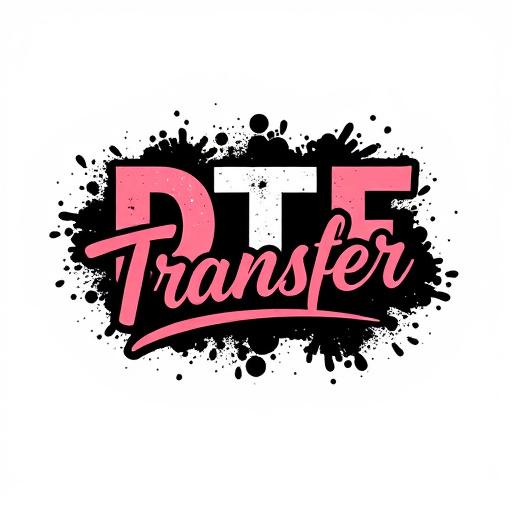Direct-to-Film (DTF) transfers revolutionize branding with high-quality printing on diverse surfaces, offering intricate details, vibrant colors, and exceptional durability. The process involves designing in software, optimizing for DTF specifications, and using specialized printers to produce durable UV or laser prints on thin film. DTF is versatile, suitable for clothing, promotional items, vehicle wraps, and outdoor advertising, enhancing brand visibility and capturing attention in competitive markets. Choosing the right DTF method, considering material properties and design complexity, ensures impactful, long-lasting branding elements. Case studies highlight successful DTF implementations in apparel and events, demonstrating its potential to enhance customer engagement and brand awareness.
In the dynamic landscape of business branding, Direct-to-Film (DTF) transfers have emerged as a revolutionary technology. This cutting-edge method allows for seamless integration of designs onto various surfaces, from apparel to signage, offering unparalleled versatility and aesthetic appeal. Understanding DTF transfers is key to unlocking their potential in enhancing brand visibility and engagement. This article explores the process, benefits, material choices, application, and real-world case studies, providing insights into how DTF prints can transform business branding strategies.
- Understanding Direct-to-Film (DTF) Transfers: A Revolution in Branding
- The Process: From Design to DTF Print
- Benefits of DTF Transfer for Businesses
- Choosing the Right Materials and Techniques
- Application and Placement of DTF Prints
- Case Studies: Successful DTF Transfer Implementations
Understanding Direct-to-Film (DTF) Transfers: A Revolution in Branding
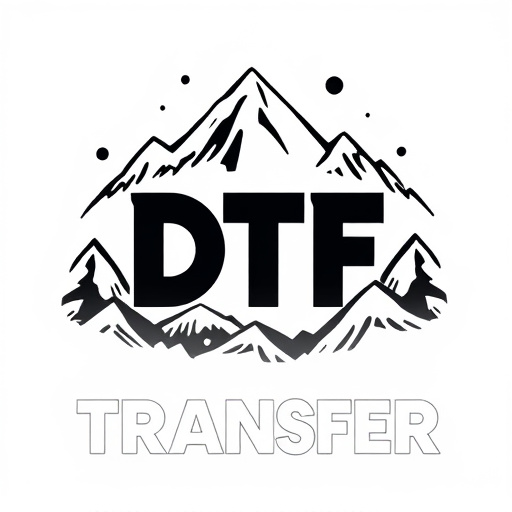
Direct-to-Film (DTF) transfers have revolutionized branding by offering a dynamic and innovative way to apply graphics and designs directly onto various surfaces, from vehicles to promotional items. This cutting-edge technology bypasses traditional printing methods, enabling high-quality prints to be achieved on a range of materials without the need for intermediate transfer media. DTF allows for intricate details, vibrant colors, and exceptional durability, making it an attractive option for businesses seeking to enhance their brand visibility and create visually appealing marketing collateral.
The process involves specialized equipment that precisely deposits ink onto the target surface, ensuring precise control over design elements. This direct application method results in sharper images, better color reproduction, and more consistent outcomes compared to conventional printing techniques. DTF prints are particularly advantageous for businesses aiming to stand out in a crowded market, as they offer a unique and visually striking branding experience that captures attention and leaves a lasting impression.
The Process: From Design to DTF Print

The process of creating business branding elements as direct-to-film (DTF) transfers involves several precise steps to ensure high-quality results. It starts with designing the artwork, which can be created using specialized graphic design software. Once the design is finalized, it’s prepared for printing by setting up the file according to specific DTF transfer requirements. This includes choosing the right material and ensuring the design is optimized for the film medium.
After preparation, the design is printed directly onto a thin film using advanced DTF printers. These printers use UV or laser technology to cure the ink, creating a durable and vibrant print. The film with the branding element is then carefully cured and ready for application. This method allows for precise reproduction of intricate designs, making it an excellent choice for businesses seeking a unique and visually appealing branding solution.
Benefits of DTF Transfer for Businesses
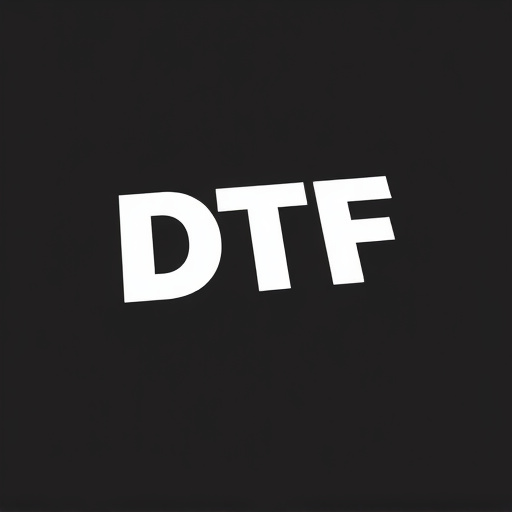
Direct-to-film (DTF) transfers offer businesses a versatile and high-quality method to apply branding elements directly onto various surfaces, from clothing to promotional items. This innovative printing technique has gained significant traction due to its numerous advantages. One of the key benefits is its durability; DTF prints are designed to withstand rigorous handling, making them ideal for items that will be in constant use, such as uniforms or bags. The process ensures vibrant and precise colours, creating visually appealing branding that can enhance a company’s image.
Moreover, DTF transfers provide businesses with the flexibility to personalise products at scale. This is particularly valuable for custom orders or limited-edition releases, allowing companies to quickly adapt their branding to meet market demands. With its ability to produce high-resolution prints on diverse materials, DTF printing opens doors for creative brand visualisation and helps businesses stand out in a crowded marketplace, making it an attractive and efficient choice for effective promotional campaigns.
Choosing the Right Materials and Techniques
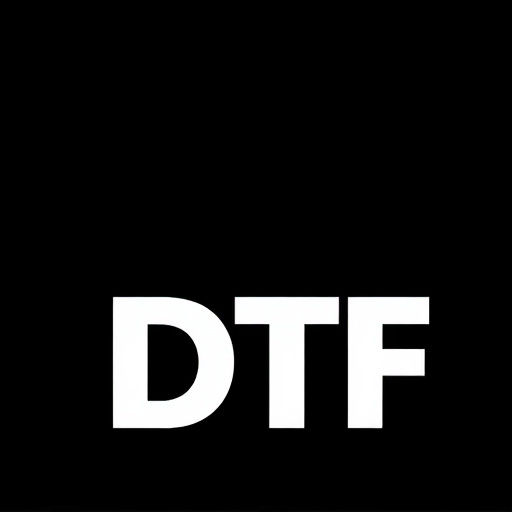
When considering direct-to-film (DTF) transfers for business branding, selecting the right materials and techniques is paramount. The suitability of a DTF method largely depends on the desired outcome and the specific application. For example, while DTF Printing excels in producing high-quality, long-lasting prints on various surfaces like metal, plastic, and wood, it may not be the best choice for fabric due to potential color fading over time. Each material has unique properties that influence the final visual appeal and durability of the branding elements.
Techniques also vary, offering different levels of precision, cost, and finish. For intricate designs with fine details, advanced DTF techniques like vector-based printing or laser etching might be required. Conversely, simpler logos or graphics can often achieve satisfactory results through more straightforward DTF Transfer methods. Understanding these nuances ensures that the chosen approach aligns perfectly with the brand’s aesthetic vision and the intended use of the final products, whether it’s for promotional merchandise, custom signage, or innovative marketing campaigns.
Application and Placement of DTF Prints
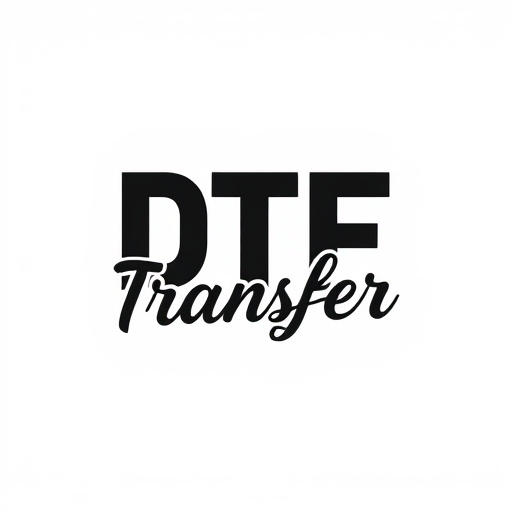
Direct-to-film (DTF) transfers offer a versatile and impactful way to brand business elements. This innovative printing technique involves applying designs or logos onto various surfaces, such as vinyl banners, vehicle wraps, and even clothing, by directly transferring ink from a film onto the desired material. The beauty of DTF lies in its precision and ability to reproduce intricate details with remarkable clarity.
When it comes to application and placement, DTF prints can be used in countless ways. For instance, businesses can strategically place their brand logos on vehicles as eye-catching wraps, transforming them into mobile billboards. Alternatively, DTF transfers can be utilized for large-scale outdoor advertising, ensuring that branding stands out amidst bustling cityscapes. From window graphics to trade show displays, the versatility of DTF Printing allows companies to create visually appealing and durable branded materials that capture attention and leave a lasting impression.
Case Studies: Successful DTF Transfer Implementations
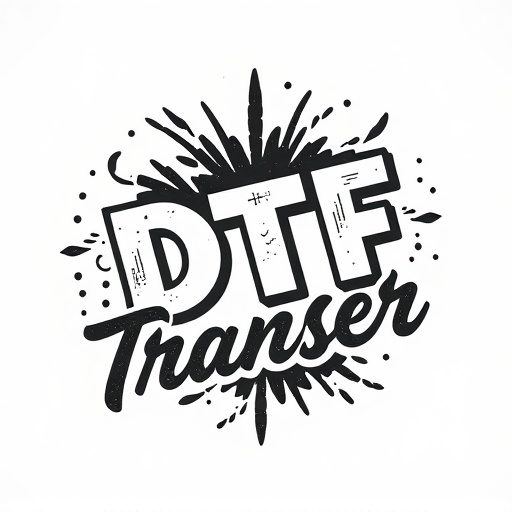
Direct-to-film (DTF) transfers have revolutionized branding by enabling businesses to produce high-quality, visually stunning elements for their marketing campaigns. Case studies highlight several successful implementations of DTF technology. For instance, leading apparel brands have utilized DTF printing to create unique, limited-edition clothing lines, featuring intricate designs that were once costly and time-consuming to produce. These DTF prints resulted in eye-catching products that captivated consumers.
Moreover, event organizers have embraced DTF transfers for crafting distinctive merchandise and promotional items. From custom-designed tote bags to one-of-a-kind event badges, DTF Transfer has enabled them to enhance the attendee experience and leave lasting impressions. Successful DTF implementations demonstrate the technology’s versatility and ability to elevate brand visibility and customer engagement.

